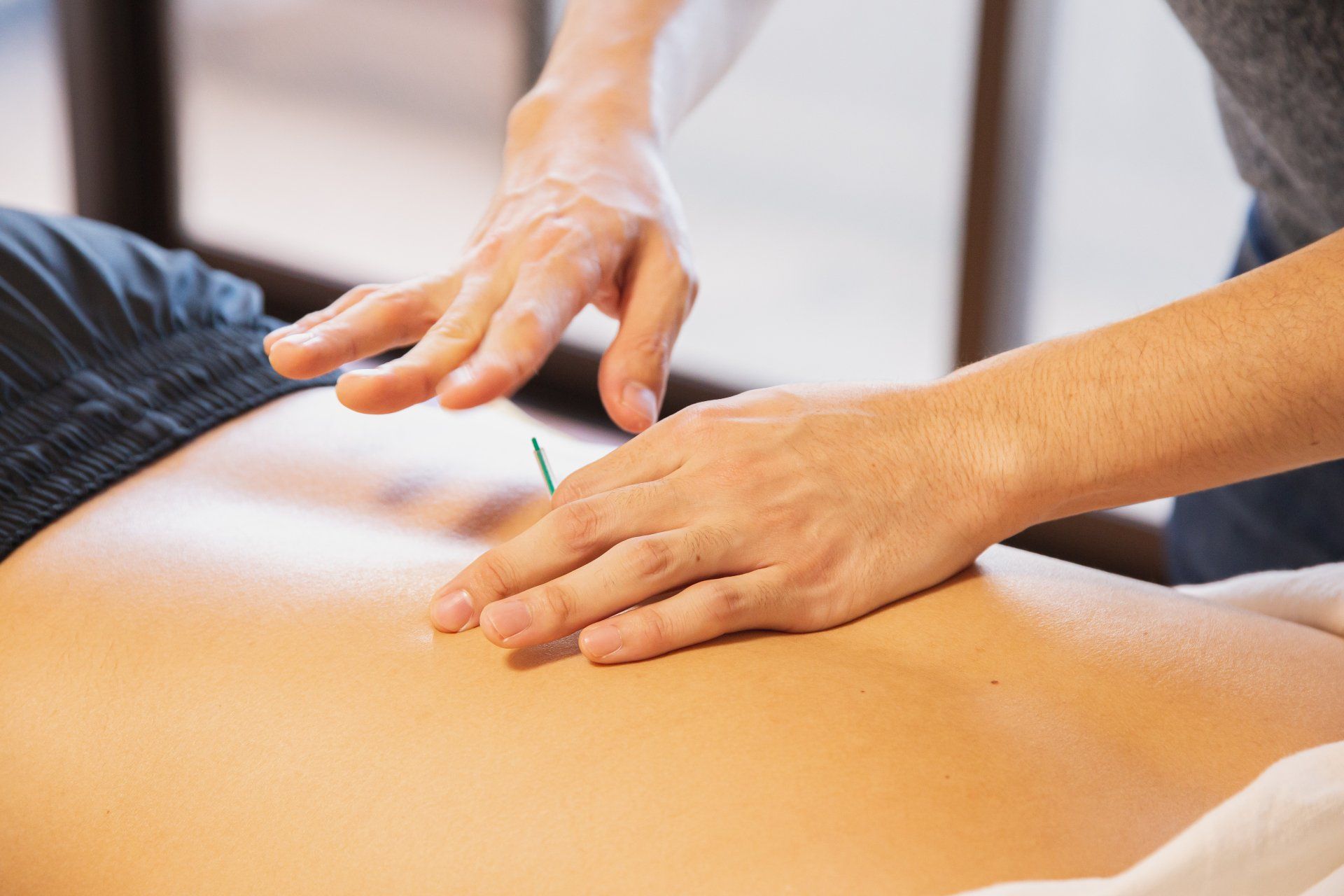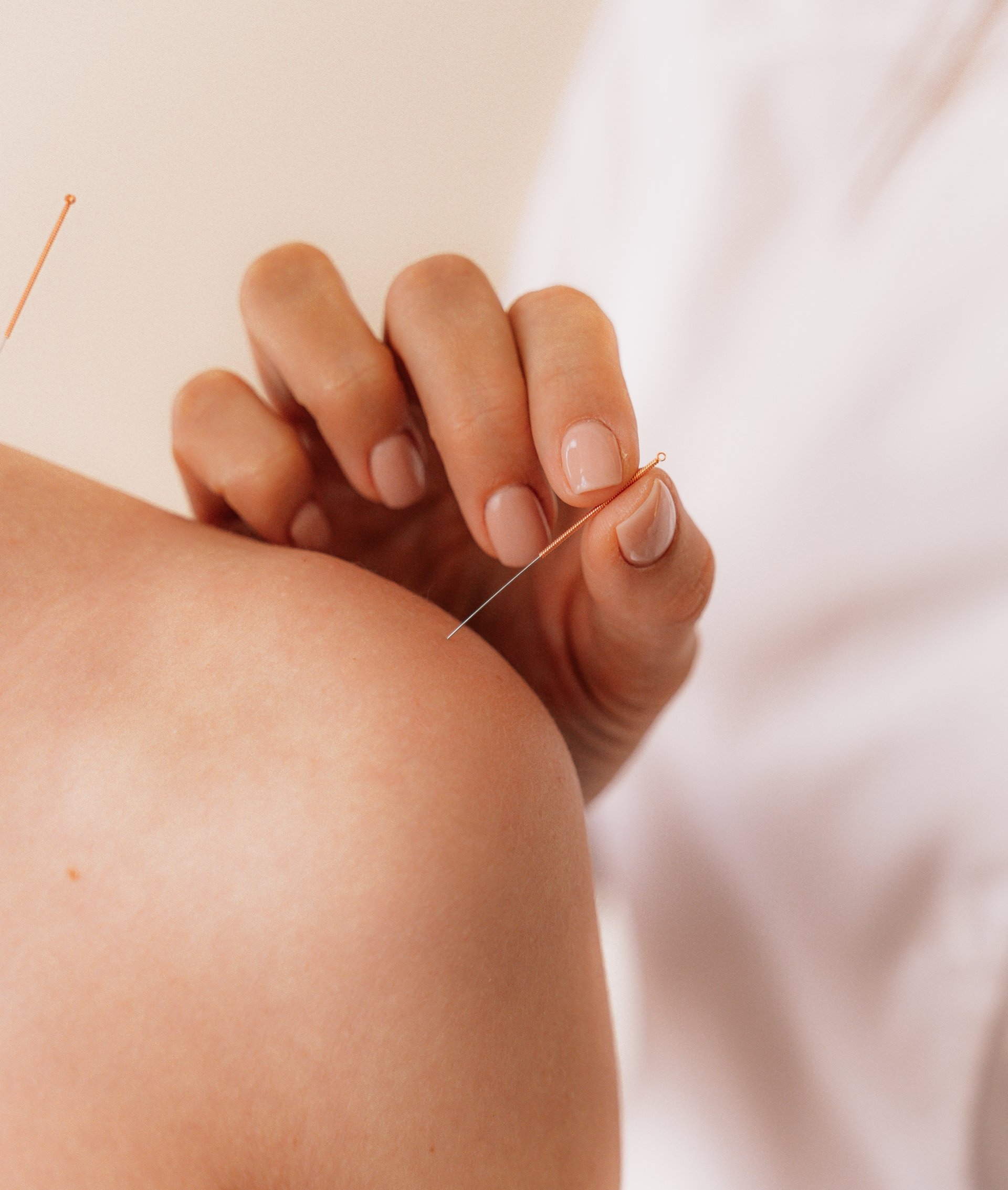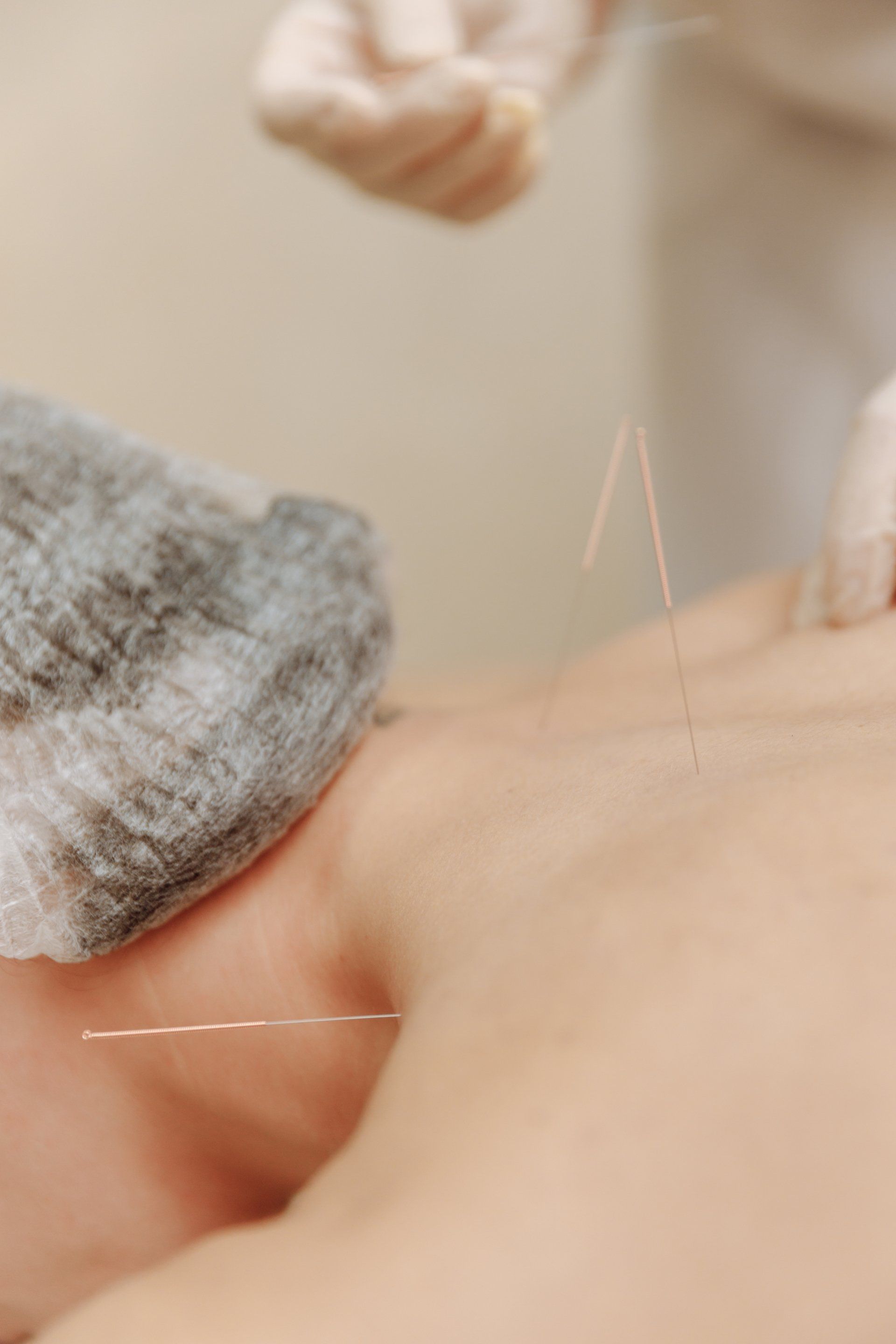Modalities
Acupuncture Therapy


What is Acupuncture Therapy?
Acupuncture Therapy promotes natural healing of the body by inserting thin needles into specific points along its meridians.
The science and art of acupuncture involves insertion of needles into specific points along the meridians of the body. Acupuncture forms a branch of Traditional Chinese Medicine, which originated in China over 5000 years ago. Currently, acupuncture is a safe and effective natural therapy and an increasingly popular form of healthcare. It is the fastest growing form of healthcare in America.
The major benefits of acupuncture:
- Drug-free pain relief
- Disease Prevention
- Treats Cause/root as well as the symptoms
- Holistic approach to illness, linking body, mind and emotions
- Effectively treats many common ailments
How does acupuncture work?
Many people who have experienced the therapeutic effects of Acupuncture will vow that it truly does work. The common yet difficult question that follows on from this is, “How does Acupuncture Work?”
It’s important to note there are two important explanations to this question, to consider. These are the Traditional Chinese Medicine Explanation and the Western Scientific Explanation.
Traditional Chinese Medicine
Traditional Chinese Medicine (TCM) is an integrated system, which has been used for thousands of years to treat injury and illness. Acupuncture forms one of the key components to the TCM approach to curing disease and disorders of the body.
In the TCM system of medicine, the body is seen as a delicate balance of two opposing and inseparable forces: yin and yang. Yin represents the cold, slow, or passive principle, while yang represents the hot, excited, or active principle.
TCM likens the human body to a highly complex electrical circuit. Like any electrical circuit it must be kept in good working order if it is to function effectively, and if the circuit breaks down the result is illness. Among the major assumptions in TCM are that health is achieved by maintaining the body in a “balanced state” and that disease is due to an internal imbalance of yin and yang. This imbalance leads to blockage in the flow of qi (pronounced “chee”, meaning vital energy) along pathways known as meridians.
TCM theorizes that it is essential for qi, as well as blood to circulate in a continuous and unobstructed manner for good health of the mind and body. Acupuncture meridians or channels are the pathways through which the energy flows throughout the body. Acupuncture points lie along the meridians and are the holes that allow entry into the acupuncture meridians. The acupuncture points provide gateways to influence, redirect, increase, or decrease body’s vital substances, qi (energy) & blood, thus correcting many of the body’s imbalances.

Western Scientific Explanation
Currently, there is not one western scientific theory that collaboratively explains all of the physiological mechanisms underlying the effects of Acupuncture. This is because Acupuncture has a variety of therapeutic effects on the body thus the action must vary depending on the type of pathology. However it is proposed that acupuncture primarily produces its effects through regulating the nervous system.
Regulation of the nervous system aids the activity of pain-killing biochemicals such as endorphins and immune system cells at specific sites in the body. In addition, studies have shown that acupuncture may alter brain chemistry by changing the release of neurotransmitters and neurohormones. These affect the parts of the central nervous system related to sensation and involuntary body functions, such as immune reactions and processes that regulate a person’s blood pressure, blood flow, and body temperature.
"Thousands upon thousands of persons have studied disease. Almost no one has studied health."
~Adelle Davis
In Summary
Scientists have deduced a number of theories from observing a number of individual clinical effects of acupuncture treatment. These theories and the observed clinical effects on which the theories are based can be summarized as the following:
Augmentation of Immunity Theory – Increased Immune Function & Resistance to Disease
Endorphin Theory – Reduction of Pain
Neurotransmitter Theory – Inflammation Reduction & Promotion of Feelings of Well Being
Circulatory Theory – Improved Circulation & Smooth Muscle Relaxation
Gate Control Theory – Increased Pain Tolerance
Motor Gate Theory – Hasten Motor Recovery from Paralysis
Homeostatic or Regulatory Effect – Regulation of Body’s Homeostasis to Disease or Abnormal Conditions
Bioelectric Theory – Stimulation of cells of tissue growth & repair

